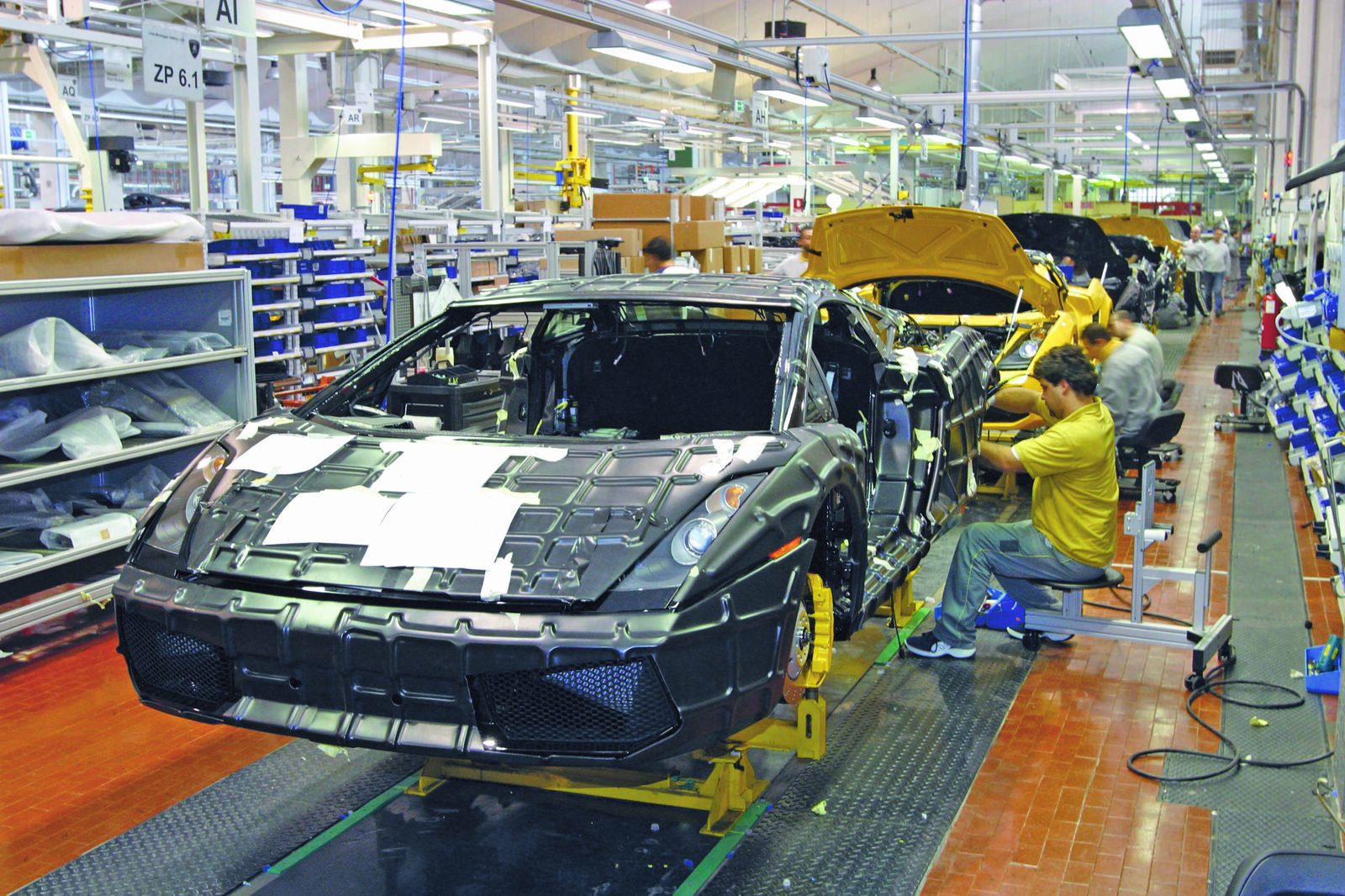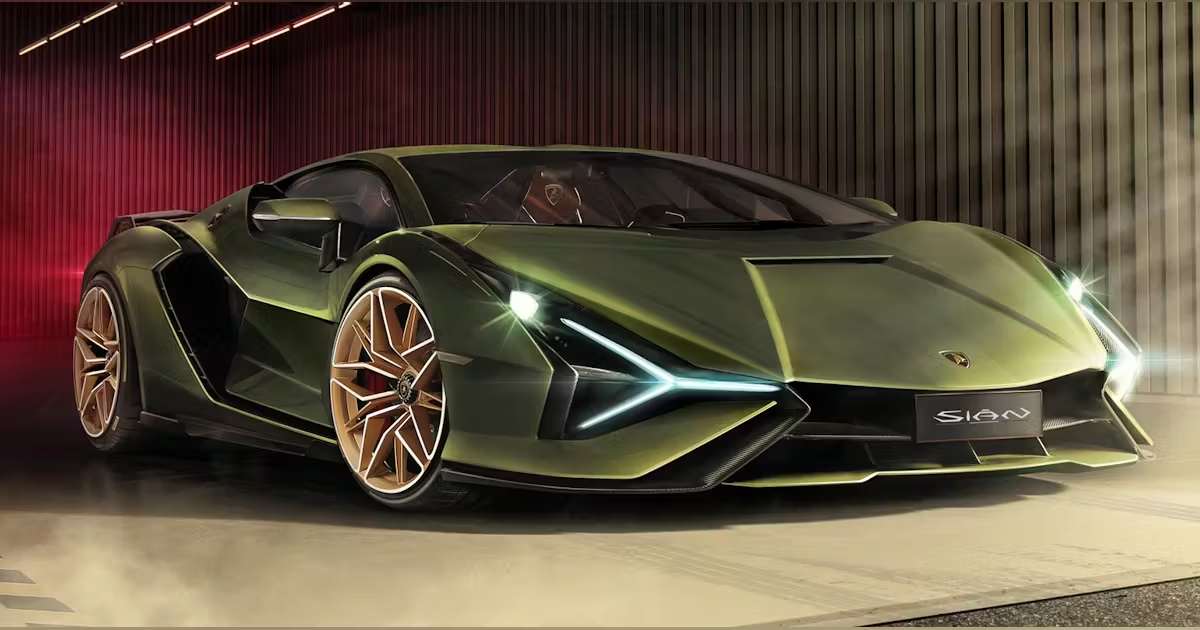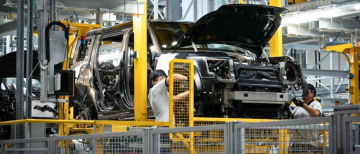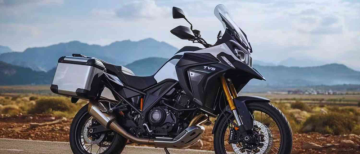The name Lamborghini conjures visions of aggressive styling, thunderous engines, and heart-pounding performance. It is the epitome of luxury, innovation, and rebellion in the automotive world. But few know that this legendary marque had humble beginnings—not in a design studio or a racing circuit, but on a farm. Ferruccio Lamborghini, the man behind the raging bull, was a tractor manufacturer before he dared to challenge the mighty Ferrari. And what began as a feud has since evolved into one of the most iconic stories in automobile history.
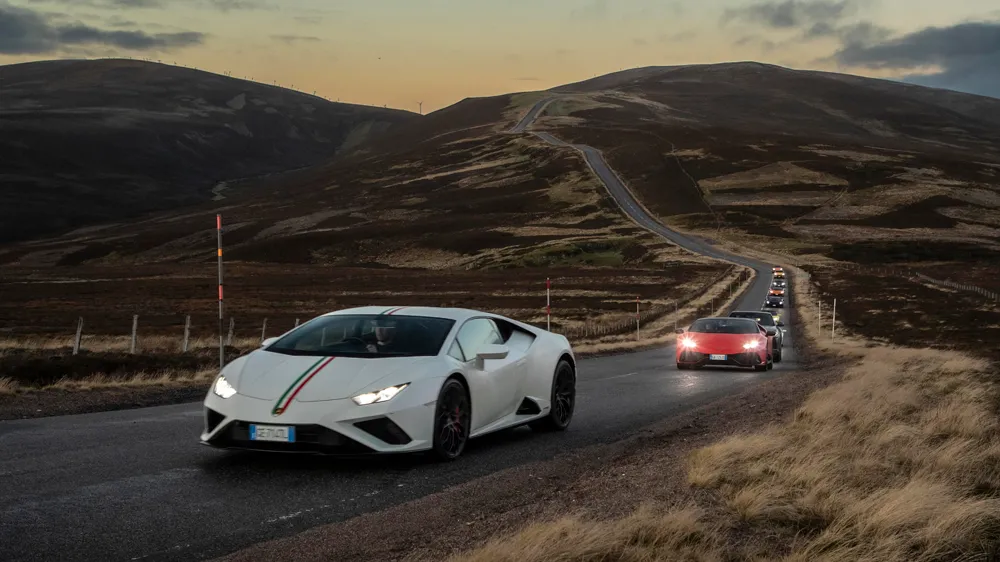
This is the journey of Lamborghini—an evolution not just of a brand, but of the very concept of what a luxury sports car can be.
The Humble Origins
Ferruccio Lamborghini was born in 1916 in the town of Cento in Northern Italy. With a passion for mechanics, he initially found success by manufacturing tractors from surplus military equipment after World War II. His company, Lamborghini Trattori, became one of the most successful agricultural equipment businesses in Italy.
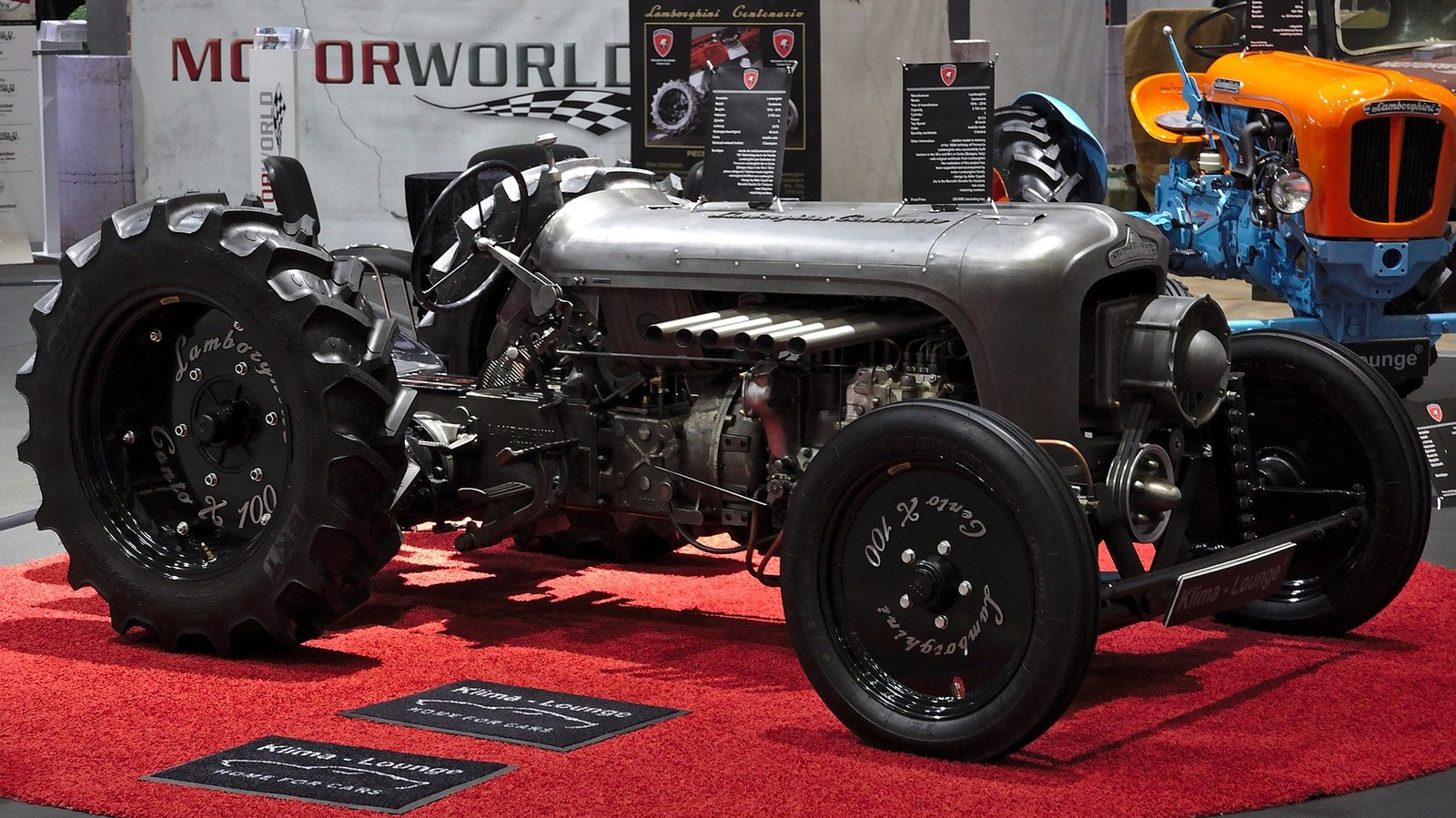
By the early 1960s, Lamborghini was a wealthy industrialist and a connoisseur of fine automobiles. He owned several high-end cars, including Ferraris, but found them lacking in comfort and refinement. Legend has it that after a personal argument with Enzo Ferrari over a mechanical issue in his 250 GT, Ferruccio famously declared, “I will build a better car.”
And so, the seeds of Automobili Lamborghini were sown.
The Birth of a Legend (1963–1970)
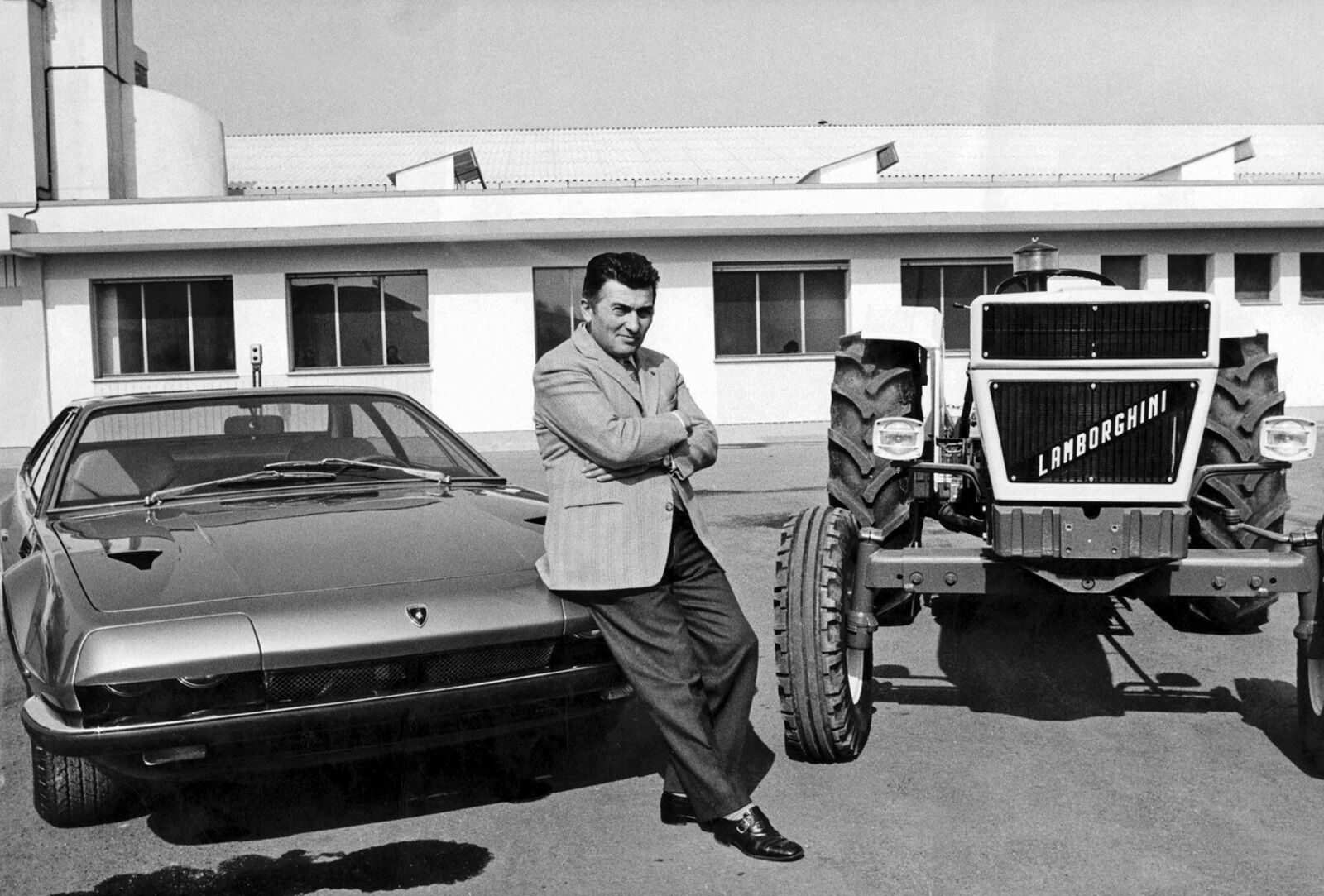
In 1963, Lamborghini established Automobili Ferruccio Lamborghini in Sant'Agata Bolognese, Italy. His vision was clear: to build the ultimate grand touring car—something as powerful as a Ferrari but more comfortable, reliable, and elegant.
The 350 GT
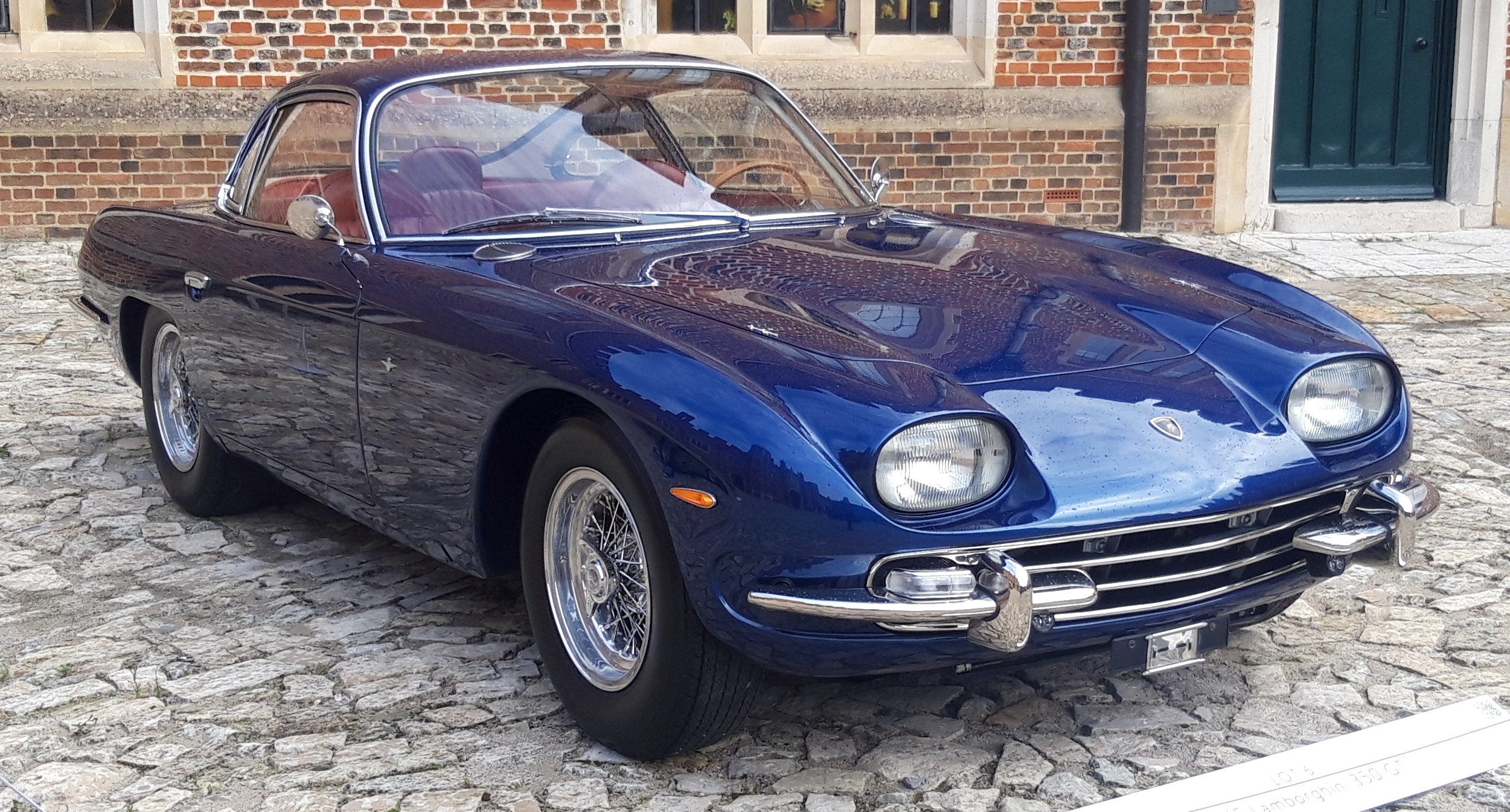
Lamborghini’s first production car, the 350 GT, debuted in 1964. Designed by Franco Scaglione and powered by a V12 engine built by ex-Ferrari engineer Giotto Bizzarrini, it was sleek, smooth, and fast. While it didn’t yet rival Ferrari in performance, it proved that Lamborghini was serious about luxury sports cars.
The Miura – A Game Changer
![]()
Then came the Miura in 1966. This car didn’t just put Lamborghini on the map—it redrew the map entirely. With a mid-engine layout, futuristic styling by Marcello Gandini at Bertone, and a powerful 4.0-liter V12, the Miura was unlike anything the world had seen.
The Miura effectively birthed the modern supercar genre. It was loud, low, exotic, and absurdly fast for its time. Lamborghini had not only answered Ferrari’s challenge; he had set a new benchmark.
The Golden Years and Financial Struggles (1970s–1980s)
Following the success of the Miura, Lamborghini released a string of bold and beautiful cars.
Countach: The Icon of the 1980s
_1751873632.jpg)
Unveiled in 1974, the Countach became the poster car for an entire generation. With its scissor doors, wedge shape, and aggressive lines, it looked like it had time-traveled from the future. It wasn’t the easiest car to drive, but that didn’t matter—it was all about making a statement.
However, while the design was breaking barriers, the business was faltering. The oil crisis of the 1970s led to plummeting demand for high-performance cars. Ferruccio Lamborghini sold his shares and exited the company in 1974. The brand went through multiple ownership changes, including a brief stint under Chrysler in the late ’80s.
Rebirth Under Volkswagen Group
The turning point came in 1998 when Lamborghini was acquired by Volkswagen Group through its Audi division. With German engineering rigor and deep financial backing, Lamborghini was finally able to modernize production while retaining its Italian flair.
Murciélago: The Comeback
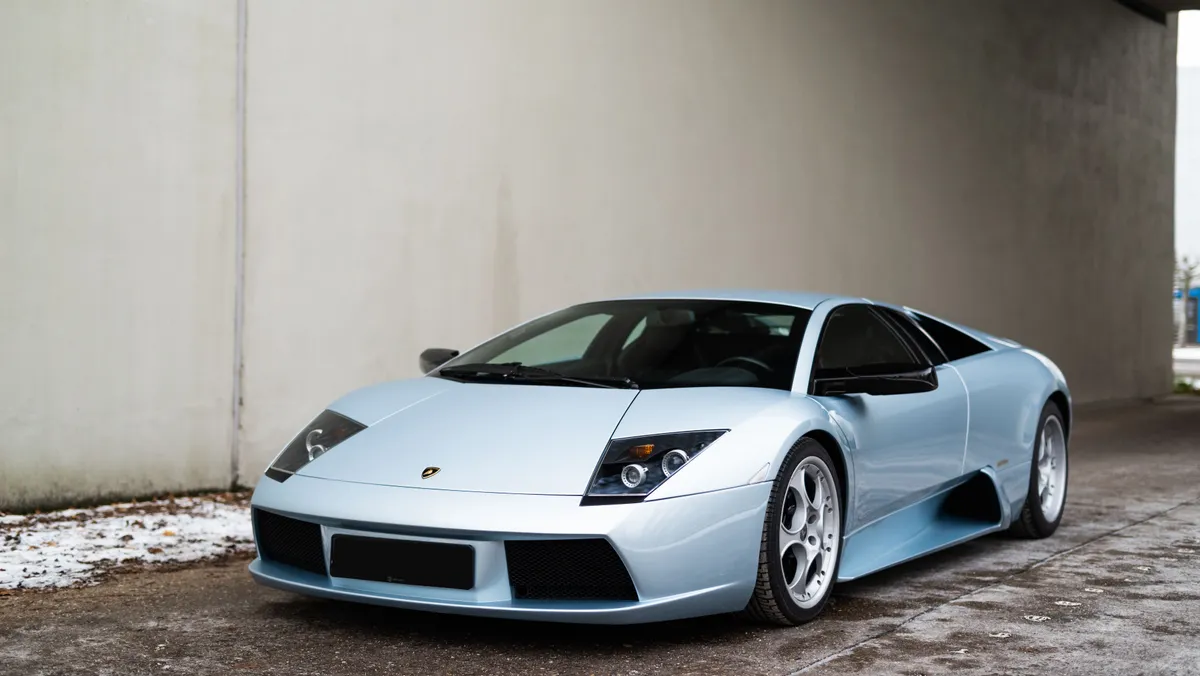
The Murciélago, launched in 2001, marked the beginning of the modern Lamborghini era. It brought back the V12 glory, paired with all-wheel-drive stability, aggressive styling, and cutting-edge tech. It was the brand’s most refined car yet and became a favourite among collectors and celebrities.
Gallardo: The Bestseller
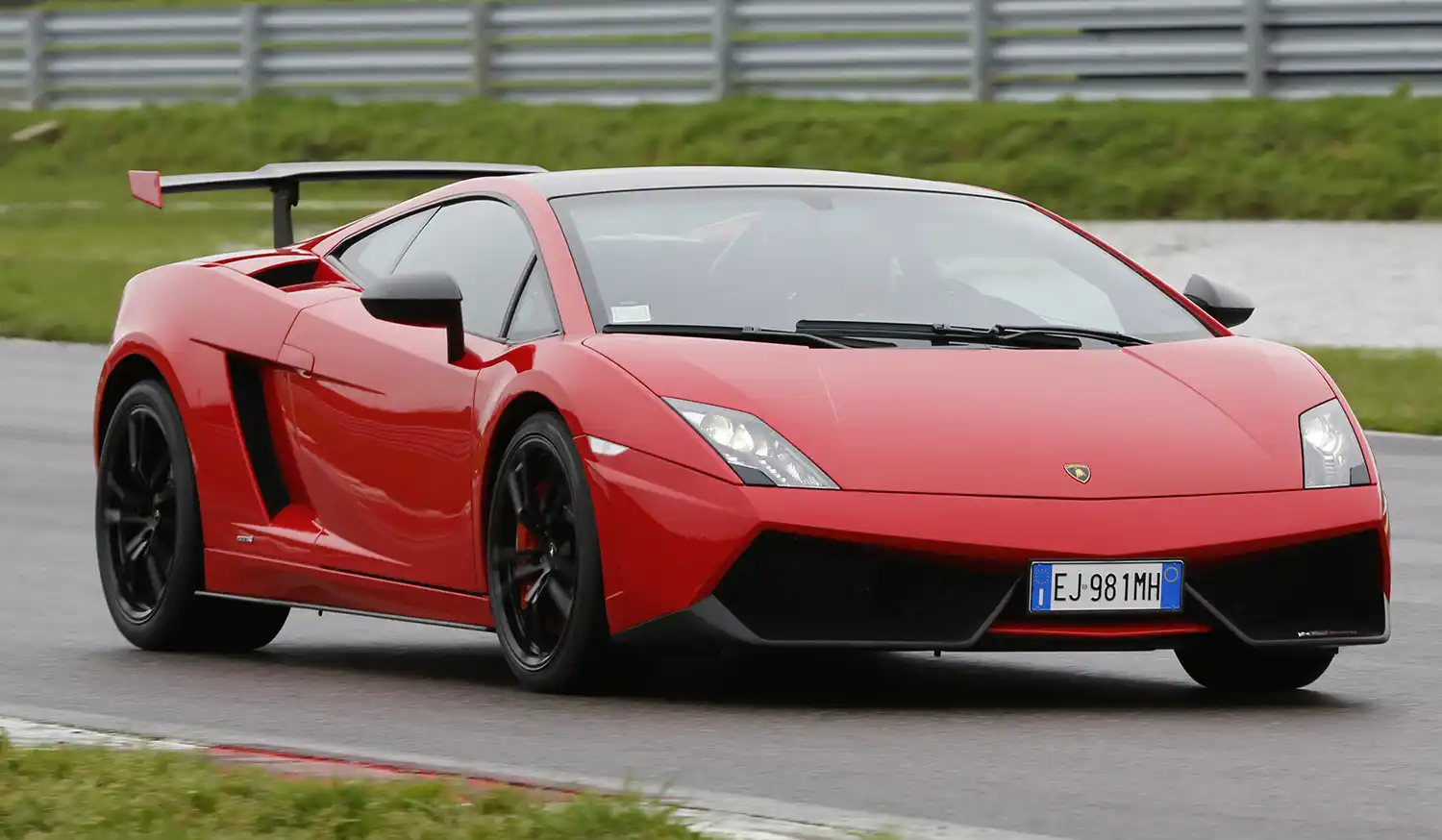
In 2003, the Gallardo launched Lamborghini into the stratosphere. A smaller V10-powered car that was more accessible and easier to drive, it became the best-selling Lamborghini ever, with over 14,000 units produced.
This marked a crucial shift: Lamborghini was no longer just a niche brand. It was a global powerhouse.
Design That Dares

Lamborghini cars are known as much for their appearance as their performance. Every model seems like a concept car brought to life.
From the shark-nose of the Miura, to the stealth-fighter-like angles of the Aventador, to the Y-shaped DRLs of the Huracán, Lamborghini’s design DNA screams drama.
Even more radical are the limited-edition models like the Reventón, Veneno, and Sesto Elemento—each pushing the boundaries of materials, aerodynamics, and imagination.
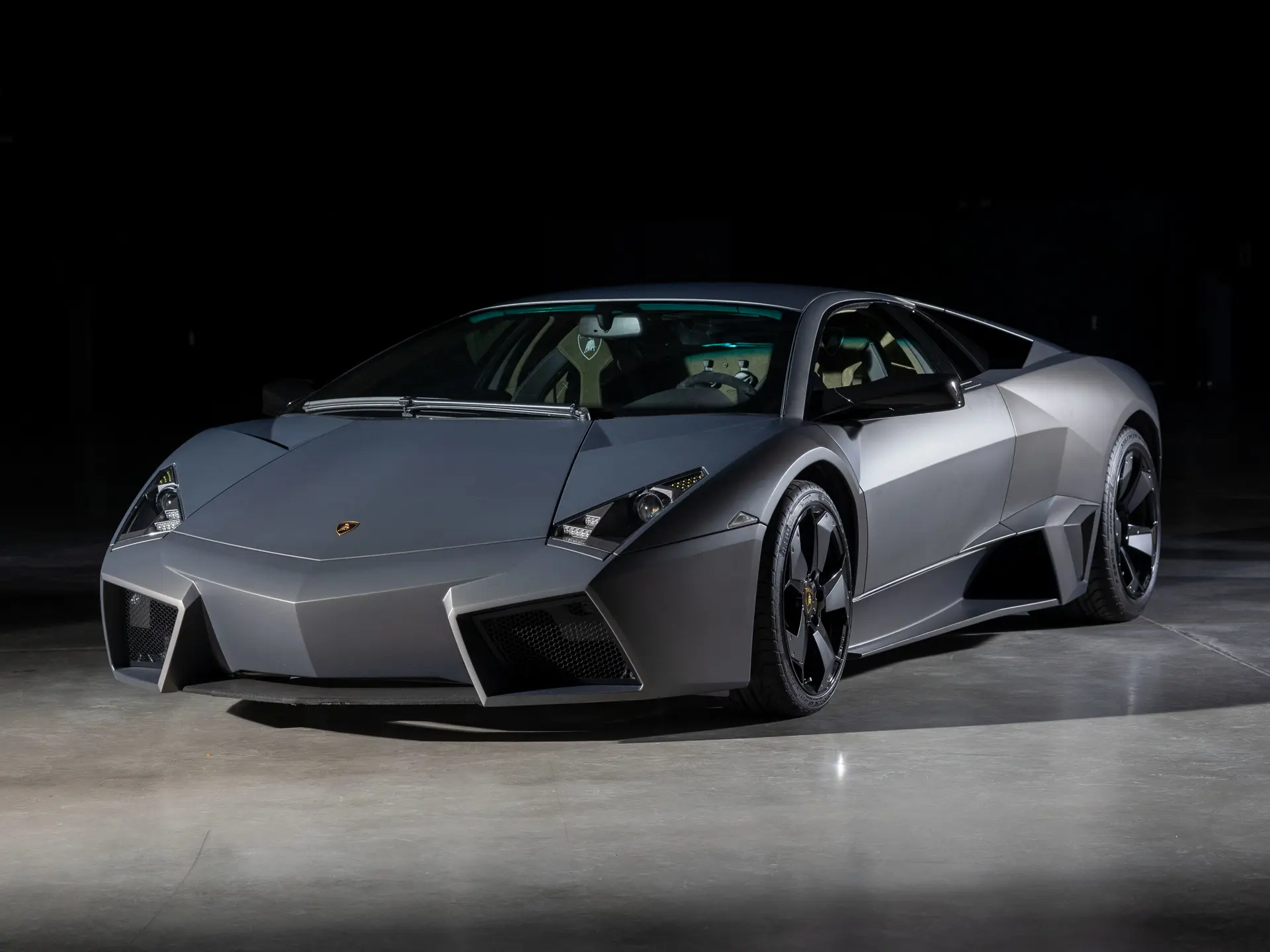
Their design philosophy? “Expect the unexpected.” And fans love them for it.
Performance Meets Innovation
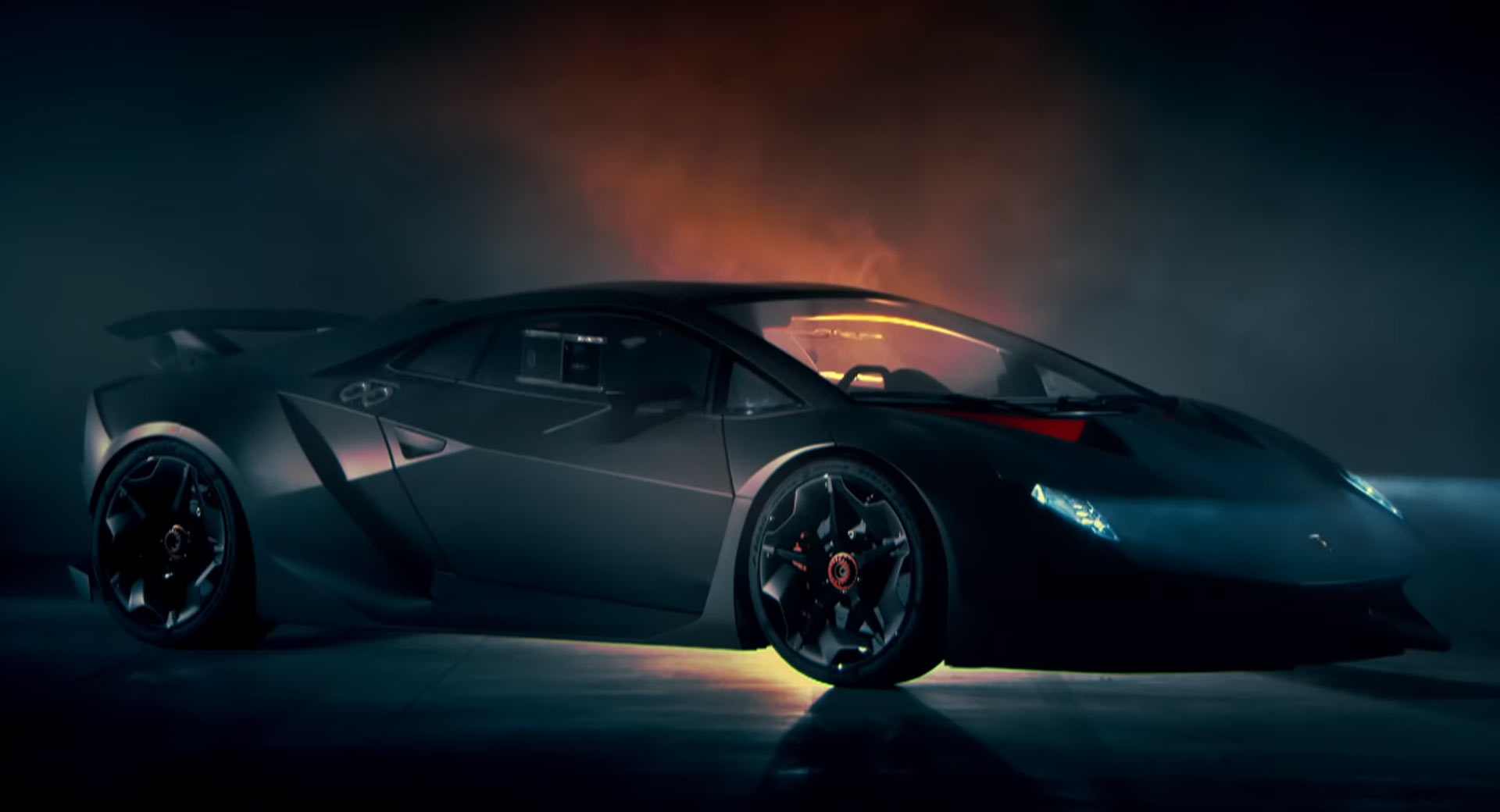
Lamborghini has always been about performance, but in the modern era, it’s also become a beacon of innovation.
-
All-wheel drive became a staple for stability.
-
Carbon fiber construction helped shave weight.
-
Active aerodynamics, like in the Huracán Performante, added real-time downforce control.
-
The Aventador introduced a pushrod suspension system inspired by F1.
-
Hybrid powertrains are now leading the charge, with the Revuelto as Lamborghini’s first plug-in hybrid V12.
And let’s not forget the Lamborghini Sián—a hybrid supercar that uses supercapacitors instead of traditional batteries. That’s cutting-edge innovation combined with old-school power.
SUVs and the Lamborghini Urus
In 2018, Lamborghini made a controversial move—launching the Urus, a luxury performance SUV. Critics feared brand dilution. Instead, it became a runaway success, outselling every other model and introducing a whole new customer base to the brand.
The Urus is fast (0–100 km/h in 3.6 seconds), luxurious, and still unmistakably Lamborghini in style and sound. It allowed the company to pour resources into its supercars while remaining profitable.
Ironically, Lamborghini’s tractor roots came full circle—now with a family-friendly, road-devouring beast.
Beyond the Road
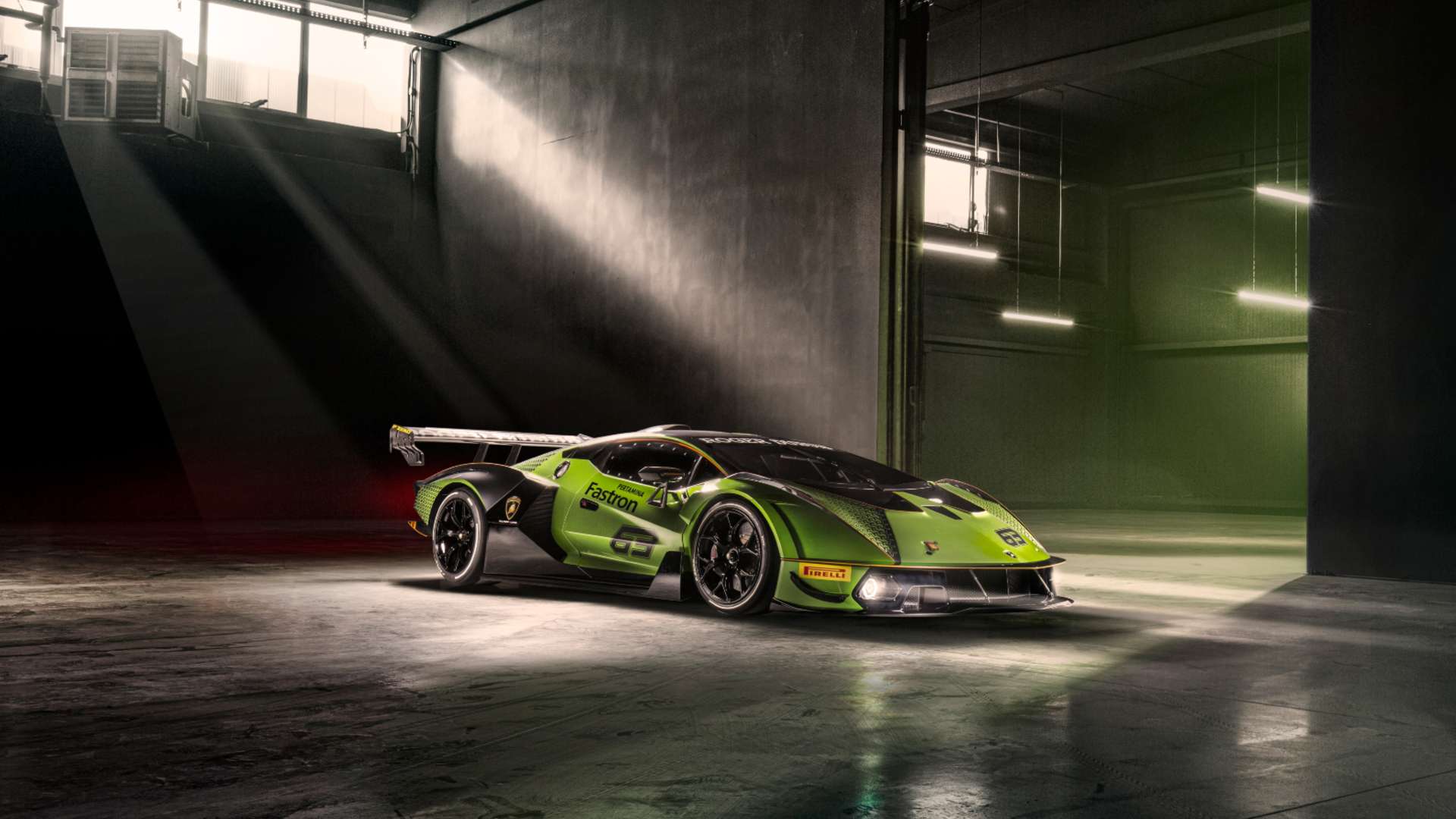
Lamborghini isn’t just about street-legal cars anymore. They’ve also:
-
Developed track-only hypercars like the Essenza SCV12.
-
Entered eSports with the Lamborghini eSports Team.
-
Partnered with NASA and MIT to explore materials for space-age cars.
-
Announced plans for electrification, with every model to be hybrid or fully electric by 2030.
It’s clear that while the roar of the V12 is still celebrated, Lamborghini is embracing a new era.
Cultural Impact and Legacy
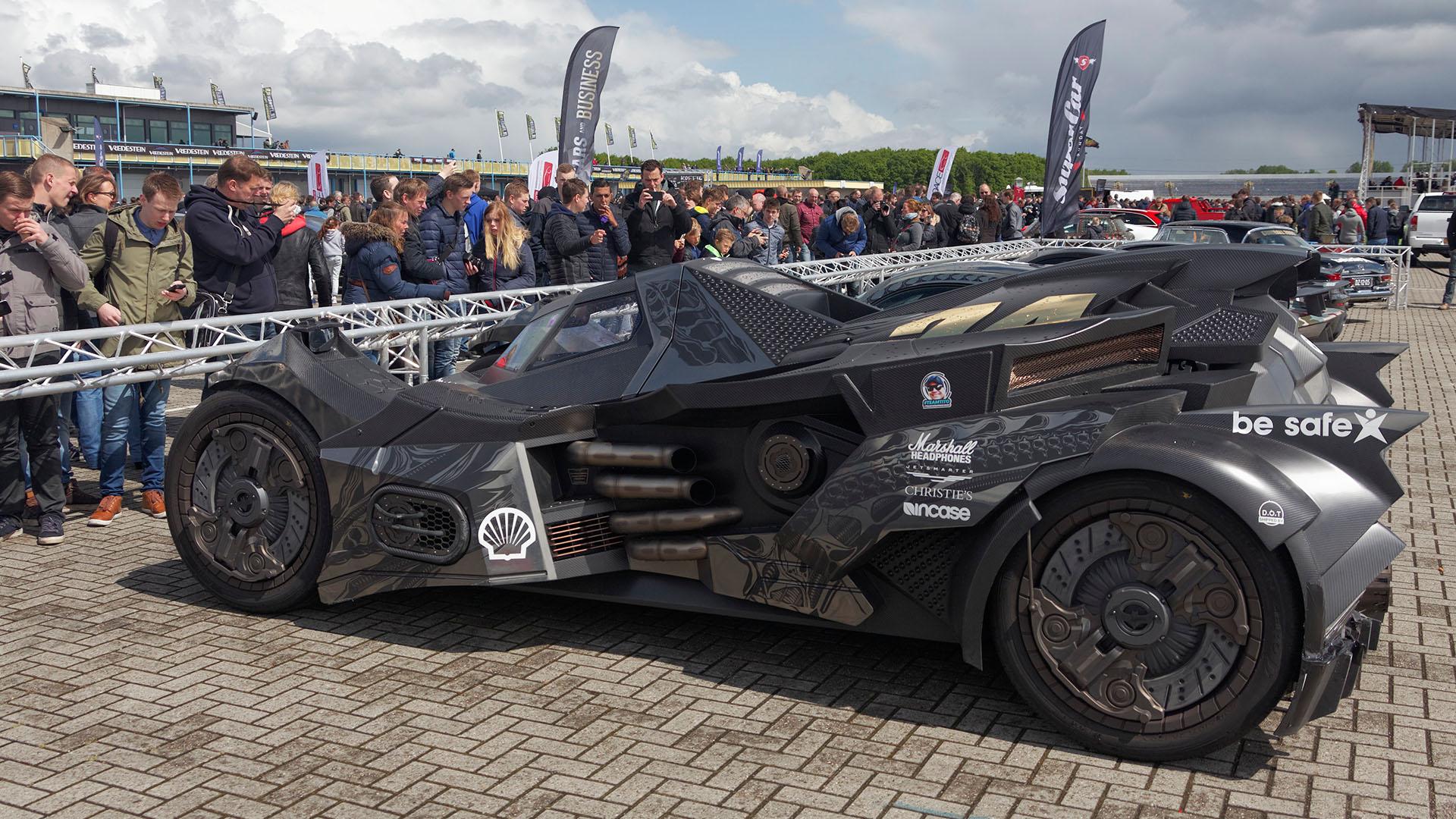
From being featured in movies like The Wolf of Wall Street and Batman: The Dark Knight to dominating rap lyrics and Instagram reels, Lamborghini is more than a car—it’s a symbol.
It represents wealth, aspiration, danger, rebellion, and indulgence. No wonder kids draw Lamborghinis in their notebooks and millionaires hang their keys on display.
And while Ferrari may have started the supercar craze, Lamborghini made it cool.
A Bull That Won’t Be Tamed
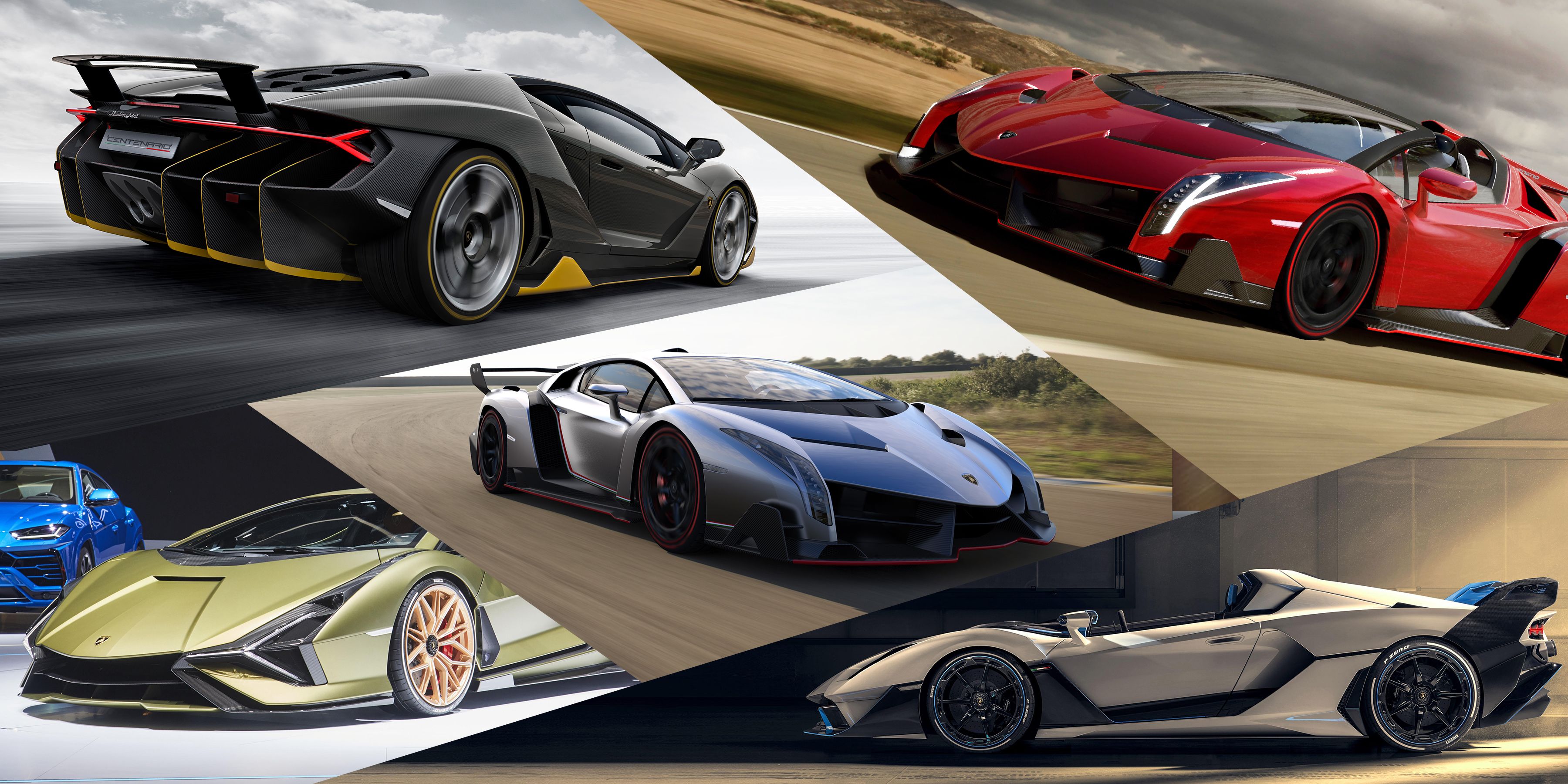
From tractors to Miuras, Countachs to Urus, Lamborghini’s journey has been one of daring, disruption, and defiance. It wasn’t built to follow rules. It was built to break them—and look stunning while doing it.
As the world shifts toward sustainability and electrification, Lamborghini finds itself at another crossroads. But if history has taught us anything, it’s this:
Lamborghini doesn’t adapt to trends. It defines them.
With inputs from agencies
Image Source: Multiple agencies
© Copyright 2025. All Rights Reserved Powered by Vygr Media.



